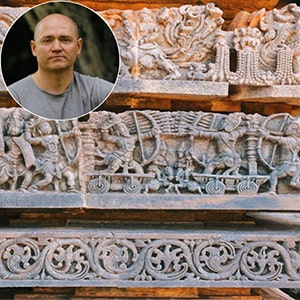
Yoga in Times of War
A series of articles by instructors of the Ukrainian Federation of Yoga, created at the request of The European Union Of
courses according to the program of the Ukrainian Federation of Yoga in English
posts and lectures on yoga exercises – on asanas that improve the body,
on pranayams that control the breath and inner spirit, meditations that control consciousness and attention
books by modern yoga scholars and other mystical traditions (such as Kashmir Shaivism, Buddhism, Tantra)
theory of yoga in the language of modern practitioners
detailed description of yoga asanas, sandhaana yoga, natya yoga, pregnancy yoga, partner yoga



A series of articles by instructors of the Ukrainian Federation of Yoga, created at the request of The European Union Of

A series of articles by instructors of the Ukrainian Federation of Yoga, created at the request of The European Union Of

A series of articles by instructors of the Ukrainian Federation of Yoga, created at the request of The European Union Of

A series of articles by instructors of the Ukrainian Federation of Yoga, created at the request of The European Union

I have had the good fortune to give, grant and follow love without ever regretting the consequences. Not only for

A person who has read the first sentence in a new language feels like overcoming a mountain. A person scrolling

In times of emergency and critical situations, I felt a true reliance on the practice and teachings of yoga that

When we set out on a journey, we choose a direction. Guided by our deep desires, we fuel up with